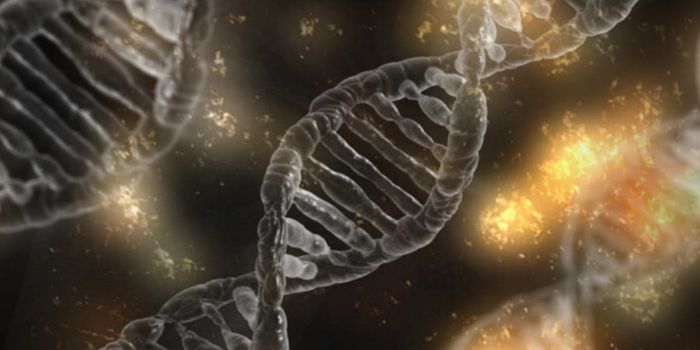Using temperature to awaken immune response to fight brain cancer
Glioblastoma is the most common form of adult brain cancer and also one of the most aggressive human cancers. Immunotherapy has yet to be shown proven effective against glioblastomas, and the length of survival for patients with the tumors following aggressive surgical resection, chemotherapy, and radiation therapy is still only fourteen months. About 14,000 people are diagnosed with the disease every year.
The dreary reality of this diagnosis is what makes new research published in Advanced Therapeutics so hopeful. As the collaborating authors of the study explain, their research details a technique that aims to take advantage of temperature in order to, “induce accumulation of requisite immune cells in the glioblastoma microenvironment, thereby transforming a “cold” to a “hot” immune microenvironment.”
"Our body has armies of white blood cells that help us fight off bacteria, viruses, and cancer cells. This constellation of cells constitutes our immune system," comments senior author Clark C. Chen, MD, Ph.D., Lyle French Chair in Neurosurgery and Head of the Department of Neurosurgery at the University of Minnesota Medical School. "One of the key reasons why glioblastoma is so aggressive is that it shuts off this immune system.”
And that’s also why glioblastomas don’t respond to immunotherapy. "Immunotherapy works by activating the white blood cells that are present in many cancer types. For reasons that are not clear, glioblastomas contain few white blood cells. So, there is nothing for immunotherapy to activate," adds co-senior author Andrew Kummel, Professor of Chemistry and Biochemistry at the University of California San Diego.
But let’s go back a moment. What exactly does a “cold” or “hot” immune microenvironment refer to? Previous studies have shown that glioblastomas produce a “cold” microenvironment, meaning one that is lacking the substrate immune cells that would be necessary for immunotherapy to be effective. Hence, the scientists had the idea that by manipulating the temperature of the immune microenvironment of a tumor, they could potentially activate more immune cells, making the tumor more susceptible to immunotherapy. They call this temperature manipulation the Goldilocks effect, referring to the story of the young girl who tastes three different bowls of porridge, one too hot, one too cold, and one just right.
This discovery was unexpected even to the researchers, says Chen. "Impressively, immunotherapy works only when the ultrasound is adjusted to maintain a stable body temperature as the cancer cells are ruptured," muses Chen. "Temperatures that deviate too much from the body temperature appear to compromise the effectiveness of the white blood cells. This 'Goldilocks' aspect of immunotherapy was not previously appreciated."
Already the team has collaborated with Professor of Electrical and Computer Engineering, Emad Ebbini, to develop an ultrasound system that is able to manipulate the tumors’ microenvironment based on the findings. Ebbini comments, "Our ultrasound is a perfect fit for the type of clinical application that Dr. Chen has developed. We are working toward a first-in-human study to test our ultrasound in glioblastoma patients."
Sources: Advanced Therapeutics, Science Daily
-
MAY 07, 2024Is It Anti-RNP or Anti-Sm/RNP?
-
MAY 08, 2024Expand your Multiomic Capabilities with RNAscope™
- See More
-
APR 30, 2024Immuno-Oncology Virtual Event Series 2024
-
MAY 07, 20243rd International Biosecurity Virtual Symposium
-
MAY 23, 2024For the Love of Digital PCR 2024
- See More


















































